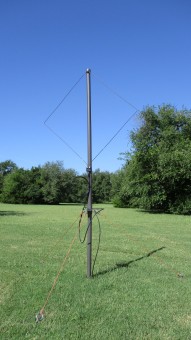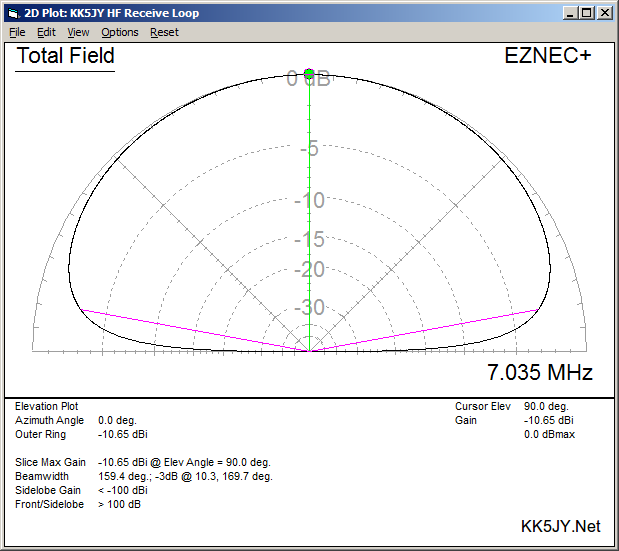
Figure 1: 40m Elevation Pattern
(Peak Elevation)
|
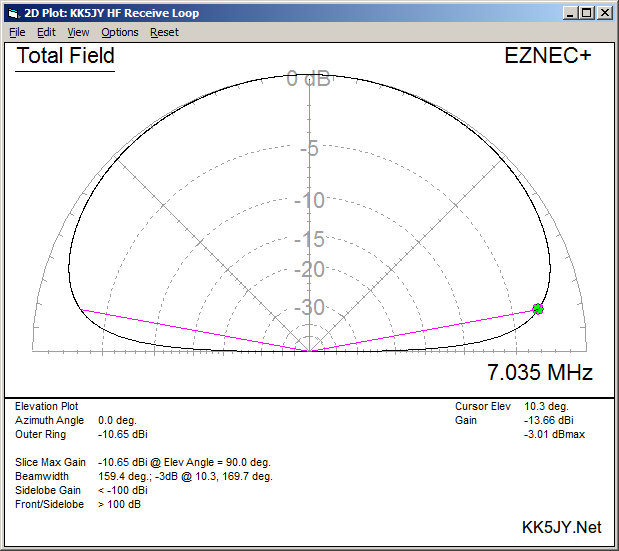
Figure 2: 40m Elevation Pattern
(-3dB Elevation)
|
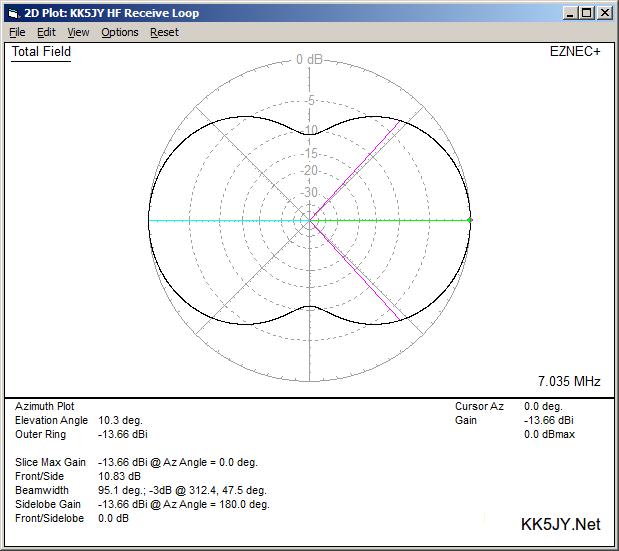
Figure 3: 40m Azimuth Pattern
(-3dB Elevation)
|
|
|
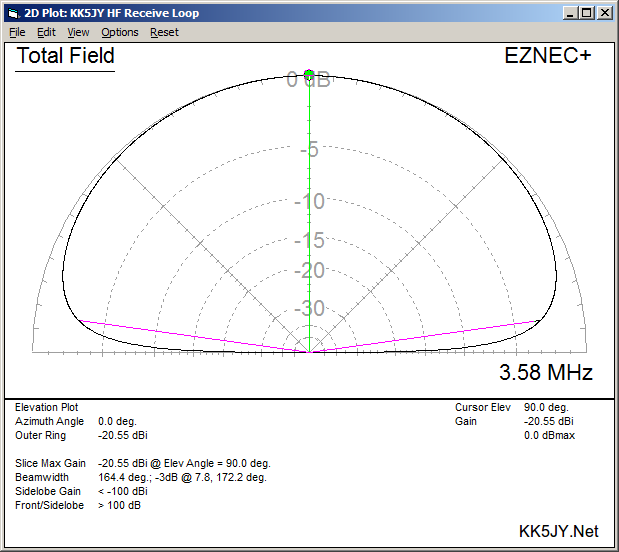
Figure 4: 80m Elevation Pattern
(Peak Elevation)
|
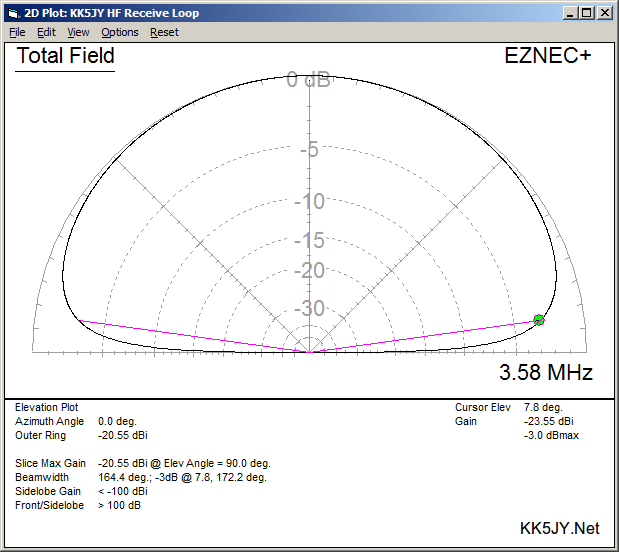
Figure 5: 80m Elevation Pattern
(-3dB Elevation)
|
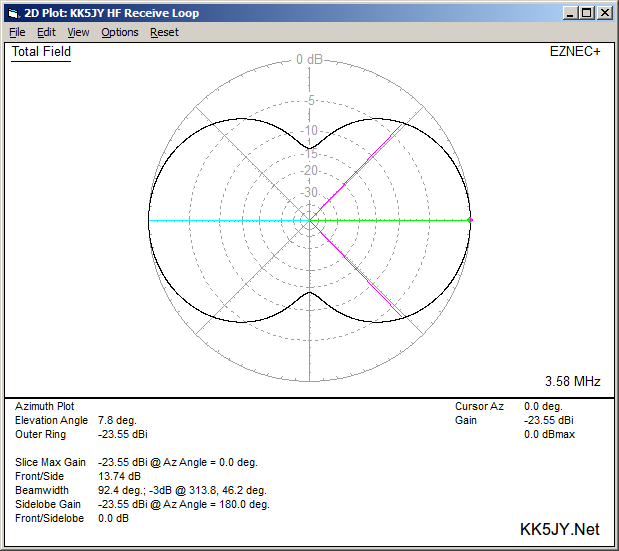
Figure 6: 80m Azimuth Pattern
(-3dB Elevation)
|
|
|
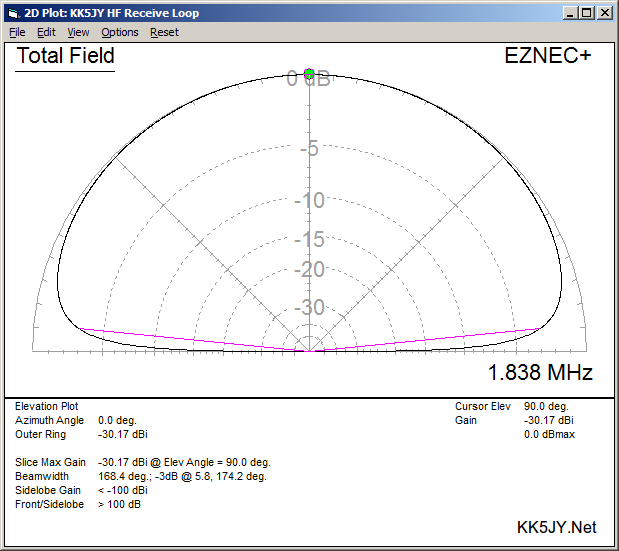
Figure 7: 160m Elevation Pattern
(Peak Elevation)
|
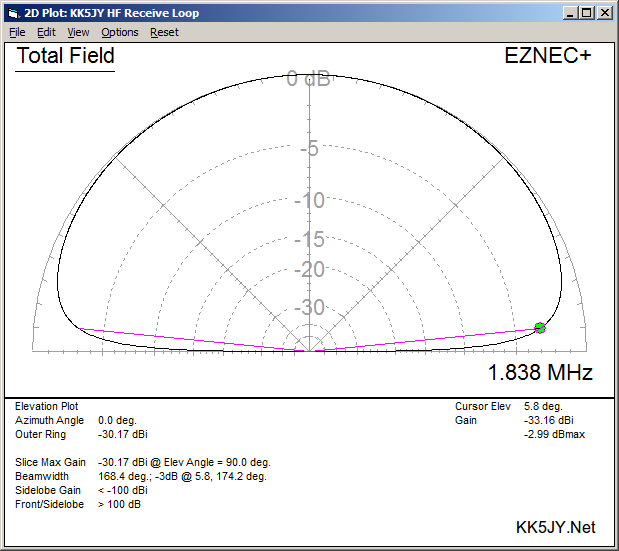
Figure 8: 160m Elevation Pattern
(-3dB Elevation)
|
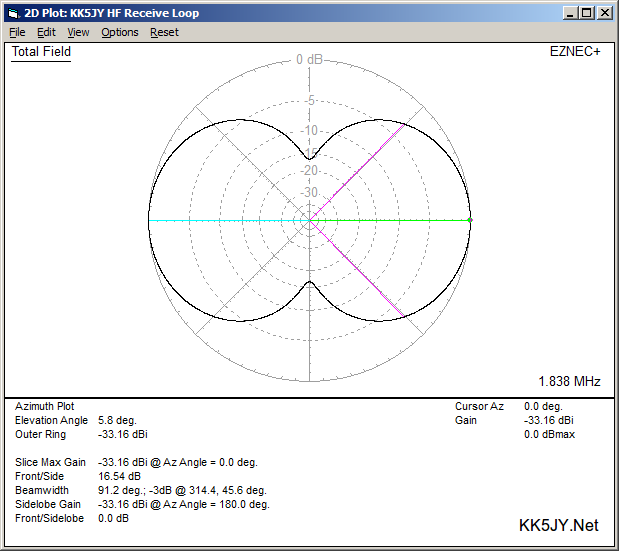
Figure 9: 160m Azimuth Pattern
(-3dB Elevation)
|
|
|
